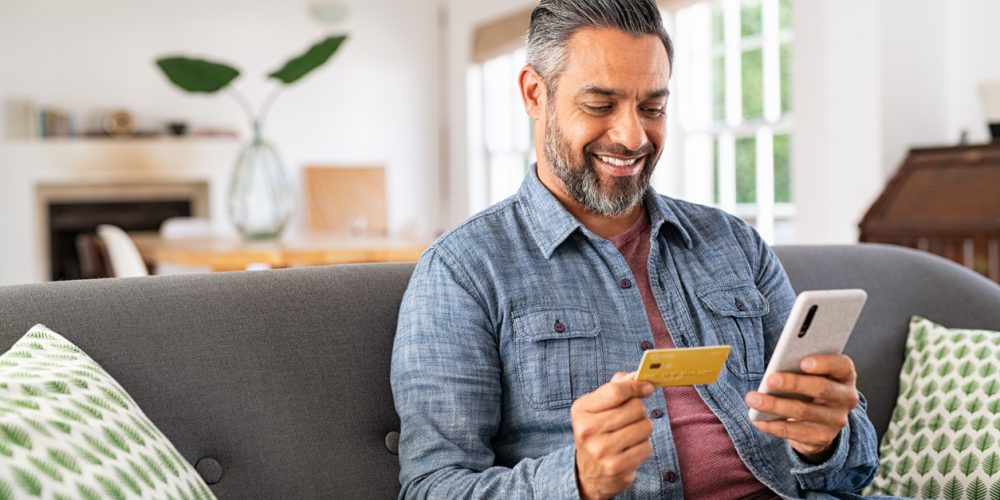Let’s say you are placing an order online. It could be for anything from concert tickets to a new dress. As you fill out the payment information, at some point you will come to a space that requests the CVV (or similar designation, as we will discover) code, a three- or four-digit number on the back – or front – of your credit card.
So, just what is the CVV? It is an acronym for Card Verification Value, and it provides an extra layer of protection to ensure that even if fraudsters have your other credit or debit card information (like your name, card number and expiration date), it can’t be used illegally to make purchases online, by phone or by mail.
All Visa®, MasterCard® and Discover® cards display their three-digit code number on the back, located at the right side of the signature strip; the American Express® card uses four digits that appear on the front.
While “CVV” is the most commonly used term for these ID numbers, they actually have a variety of names. Within the financial industry, for example, they all are simply known as Card Security Codes (CSC). Visa refers to the numbers as CVV on their cards, MasterCard codes are CVC, or Card Verification Codes. American Express and Discover both use the acronym CID, for Card Identification Number.
Every security code is unique. That way, retailers have proof that it’s actually you who is making a purchase. Here’s something to remember, especially if you are a first-time cardholder: while it is also a numeric code, the CVV number is not the same as your card’s PIN. Your PIN, or Personal Identification Number, is the four-digit code you created and enter at terminals when making purchases, or using your card at an ATM.
In everyday use, the CVV code is a great deterrent, but it cannot protect you if your card is stolen. At that point, the thief has access to the number and can use it for purchases. Again, however, if somebody accessed your card information online without getting the code, any attempted transactions will be unsuccessful.
Knowing this, cybercriminals may also try to deceive you into providing that critical CVV code, posing as a bank or credit card representative. Here are some tips to stay safe:
- Beware of phone scams: Unless you are making a purchase or processing a payment with a business you know and trust, never provide your CVV number over the phone. Nobody legitimate – including your credit card provider – will ever ask you to divulge it in an informational call.
- Don’t get phished: In the same way that credit card companies, banks or retailers will never request your CVV over the phone, you can be equally certain that they will never contact you in an email for that information, either. If you receive a request, delete the email.
- Use your credit card: Overall, it is much safer to use credit cards to make online and phone-based transactions. In fact, you might consider using your credit cards for all day-to-day transactions, including those you make in person, then pay the full amount when it is due to avoid interest charges.
Why is the last point important? That’s simple – if a thief steals your debit card, the funds in your bank account can disappear almost immediately. On the other hand, if your credit card is stolen, the charges that are racked up are the responsibility of your card provider. And while you need to report those illegal charges as soon as they appear, your own money is not tied up as a result.
Your CVV number offers proven protection against fraud – but it only can be effective if your card remains in your possession…and you don’t share it with scammers.
Looking for a card that not only gives you peace of mind, but earns cash back when you use it? We have you covered! The First Internet Bank Cashback credit card* gives you 3% on any gas purchase and 1% on all others. Give your spending power a boost!
*see Terms & Conditions





